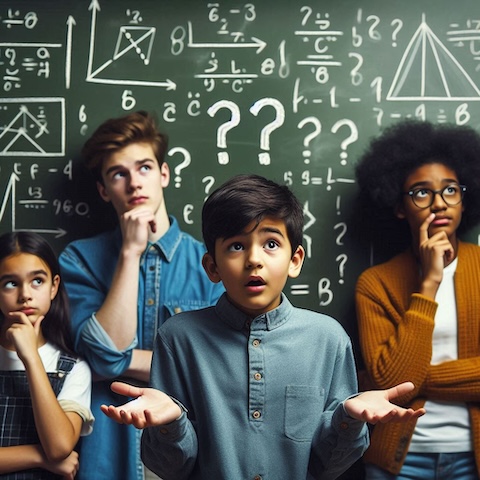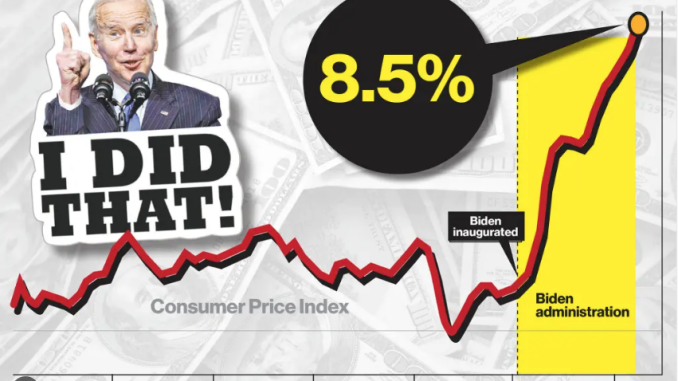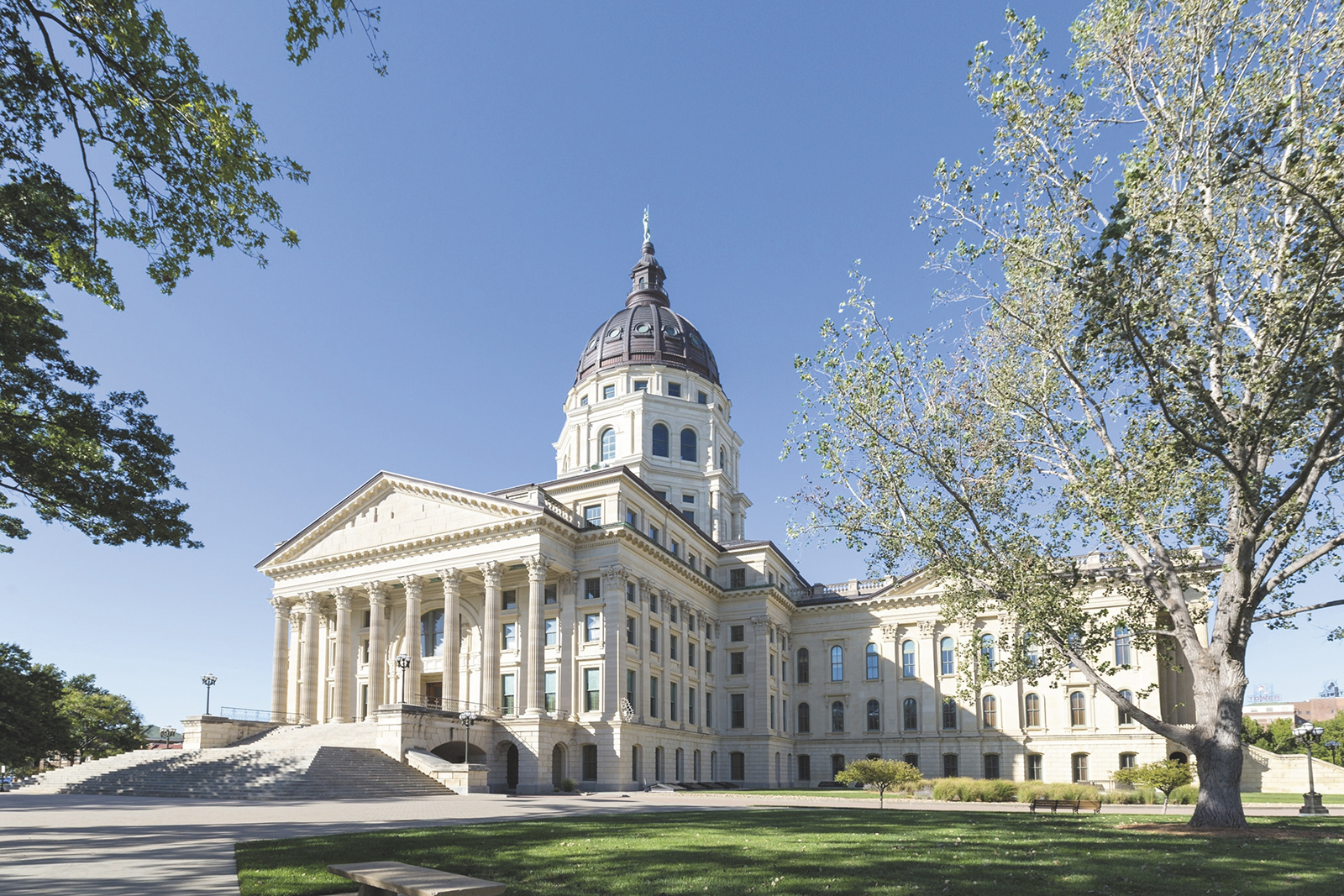The National Assessment of Educational Progress (NAEP), acknowledged as the “gold standard” of assessments by the Kansas Department of Education, shows Kansas students once again are performing below the national average in reading and math.
The 2024 results, released yesterday, show the state’s best ranking is #29 in math for 4th graders who are not low-income. All other rankings are in the 30s and 40s, with the worst being #44 in 8th-grade reading for students who are not economically disadvantaged, at just 31% proficient.

Only 12% of low-income 8th graders are proficient in math, and just 15% of low-income 4th graders read proficiently.
The raw scores show that 8th-grade students have lost more than a year’s worth of learning since 2003, dropping from 266 to 255. Ten points on the NAEP are considered to be a year’s worth of learning. The 4th-grade score fell from 220 to 213.

It is worth noting that reading scores were rather stable through 2017 but have fallen steadily since. Perhaps not coincidentally, the State Board of Education began de-emphasizing academic preparation in 2016 with the Kansas Can program and an accreditation system that measures social-emotional learning and other factors, but none that track academic improvement.
Proficiency levels nationwide are a little better than in 2003 when all states first participated in the NAEP, but the Kansas results are worse in six of the eight key measurements shown in the adjacent table. Further, the only gains for Kansas – 4th-grade reading and math for students who are not economically disadvantaged – are tiny compared to increases in the national average.
Many Kansas students can barely read
Proficiency declines are certainly cause for alarm, but there has also been a sharp rise in the number of students who are Below Basic on NAEP.
The National Assessment Governing Board defines Basic as “partial mastery of the knowledge and skills that are fundamental for proficient work at a given grade.” Below Basic is not defined, but is clearly something less than partial mastery.
Prior to the State Board of Education de-emphasizing academic improvement, 32% of 4th-graders and 21% of 8th-graders were Below Basic; now, it is 40% and 34%, respectively.

Kansas public schools receive over $500 million annually, which, by law, is supposed to be spent on “above and beyond” services for students considered academically at risk of failing. Shockingly, two state audits, in 2019 and 2023, have shown school districts do not spend that money as required by law, and the State Board of Education continues allowing the illegal spending of those funds.
It’s not surprising, then, that more than a third of Kansas students may be functionally illiterate.
The Kansas Senate Education Committee is trying to provide some relief with a refundable education tax credit of $8,000 for students attending an accredited school or $4,000 for those homeschooled or attending an unaccredited school.

Dave Trabert – The Sentinel
Dave Trabert is director of The Kansas Policy Institute, which owns The Sentinel. See more at: www. sentinelksmo.org




